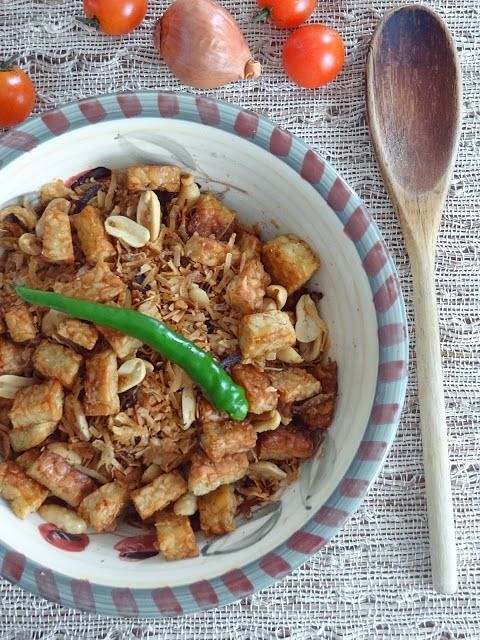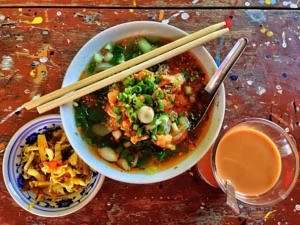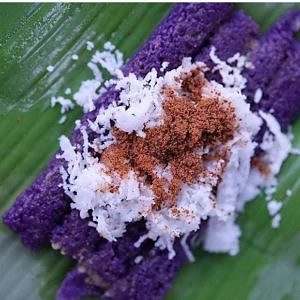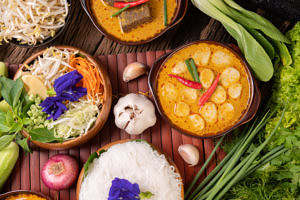Indonesian Food Culture
Indonesia Food Culture: How Indonesian Cuisine Conquered the World
Indonesian cuisine, a rich tapestry of flavors, textures, and aromas, has captivated palates across the globe. This culinary conquest is deeply rooted in Indonesia’s history, geography, and culture, making it a fascinating subject for food enthusiasts and cultural scholars alike. The journey of Indonesian food from the Spice Islands to the world stage is a testament to its universal appeal and the cultural exchange that Indonesia food culture facilitates.
The Historical Spice Route
Indonesia, historically known as the Spice Islands, was at the heart of the global spice trade, drawing European explorers in search of precious commodities like nutmeg, cloves, and pepper. These spices, once worth their weight in gold, were the initial emissaries of traditional Indonesian food, introducing the world to the archipelago’s rich culinary traditions. The spice trade not only brought economic prosperity but also fostered cultural exchanges, blending Indonesian, European, Chinese, and Indian culinary influences.

Regional Diversity
The Indonesian archipelago, comprising over 17,000 islands, offers a staggering diversity of cuisines. Each region has its unique dishes, shaped by local ingredients, climate, and historical influences. For instance, Sumatran cuisine, influenced by Middle Eastern and Indian traders, is known for its rich, spicy curries. Javanese food, in contrast, tends to be sweeter, incorporating coconut milk and palm sugar. Bali, with its Hindu heritage, offers a unique culinary palette, including the famous babi guling (suckling pig), one of the most celebrated traditional foods in Indonesia.
Indonesian food in Surabaya is a true reflection of the city’s vibrant culinary culture, offering a rich variety of flavors that cater to both locals and visitors. Known as a culinary hub in East Java, food in Surabaya includes iconic dishes like rawon, a black beef soup made with keluak, and soto ayam, a chicken soup that’s both hearty and flavorful. Surabaya’s street food scene is equally impressive, featuring everything from satay to delicious local snacks like lontong balap and semanggi Surabaya. Whether you’re exploring traditional markets or dining in upscale restaurants, Indonesian food in Surabaya provides a delightful experience for food enthusiasts looking to savor authentic regional flavors.
Staple Ingredients and Dishes
At the heart of Indonesian food culture are rice, spices, and a wide array of fresh herbs and vegetables. Sambal, a spicy chili paste, accompanies nearly every meal, embodying the cuisine’s signature heat. Coconut milk smooths out the fiery flavors, adding a creamy texture to dishes like rendang, a slow-cooked, spiced meat dish that originated in Minangkabau, Sumatra, and is now enjoyed worldwide.
Satay, skewered and grilled meats served with peanut sauce, is another iconic dish that has traveled far from its Indonesian roots. Its popularity across Southeast Asia highlights the shared culinary traditions of the region. Nasi goreng (fried rice), gado-gado (vegetable salad with peanut sauce), and tempeh (fermented soybean cake) further showcase the versatility and global appeal of traditional food in Indonesia.
Recipe of Beef Rendang
Beef Rendang is a traditional Indonesian dish, known for its rich, deep flavors and tender, slow-cooked beef. This iconic dish originates from the Minangkabau ethnic group of West Sumatra and has become a beloved favorite worldwide.
[wpzoom_rcb_post id=”1260″]
Photo source – pinterest.com
The Role of Traditional Markets
Traditional markets (pasar) are the epicenters of Indonesia’s food culture, offering an array of local ingredients, from exotic fruits to freshly caught seafood. These markets are not just places of commerce but also cultural spaces where recipes are shared, and culinary traditions are passed down through generations. The vibrant atmosphere, colorful displays, and the daily ritual of selecting fresh ingredients underscore the importance of food in Indonesian society.
Indonesia Food Culture on the Global Stage
The global spread of Indonesian food has been facilitated by tourism, migration, and a growing interest in ethnic foods. Restaurants serving authentic Indonesian dishes have popped up in major cities around the world, from Amsterdam to Los Angeles, serving as cultural ambassadors. This international presence has helped raise the profile of traditional Indonesian food and introduced its diverse flavors to new audiences.
Moreover, global food trends focused on health-conscious eating have highlighted Indonesian superfoods such as turmeric, ginger, and tempeh. These ingredients, integral to Indonesian culture food for centuries, are now celebrated for their nutritional benefits, further elevating the cuisine’s profile on the world stage.
Challenges and Opportunities
Despite its global reach, Indonesian cuisine faces challenges in terms of standardization and recognition. The vast diversity of regional dishes can sometimes dilute its identity, making it difficult for people to pinpoint what exactly defines Indonesian food culture. However, this diversity also represents a significant opportunity to showcase the rich cultural tapestry of Indonesia through its food.
Culinary diplomacy and government initiatives to promote traditional foods in Indonesia abroad are steps toward overcoming these challenges. By highlighting the unique flavors and heritage of Indonesian dishes, these efforts aim to place Indonesian food alongside other globally recognized culinary traditions.
Conclusion
Indonesian cuisine, with its blend of rich flavors, diverse ingredients, and historical influences, has indeed conquered the world. Traditional Indonesian food offers something for every palate from the spice-laden dishes of Sumatra to the sweet and savory delights of Java. As Indonesia food culture continues to gain popularity, it not only satisfies the taste buds but also serves as a bridge between cultures, inviting people to explore the rich history and vibrant traditions of the Spice Islands. In this way, Indonesian cuisine is not just food; it’s a global ambassador of Indonesia’s cultural heritage







